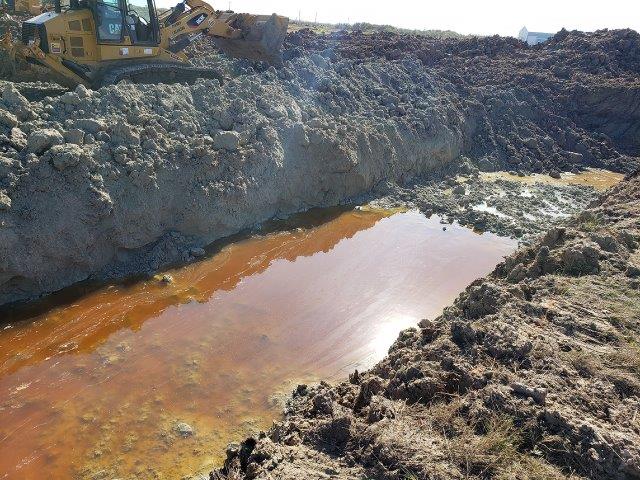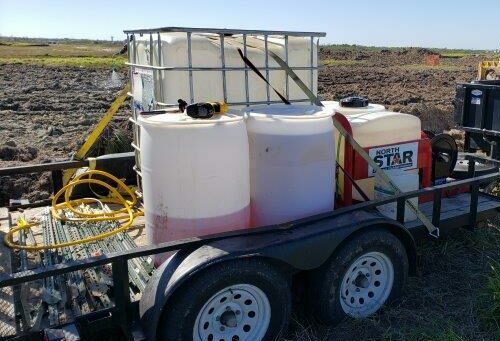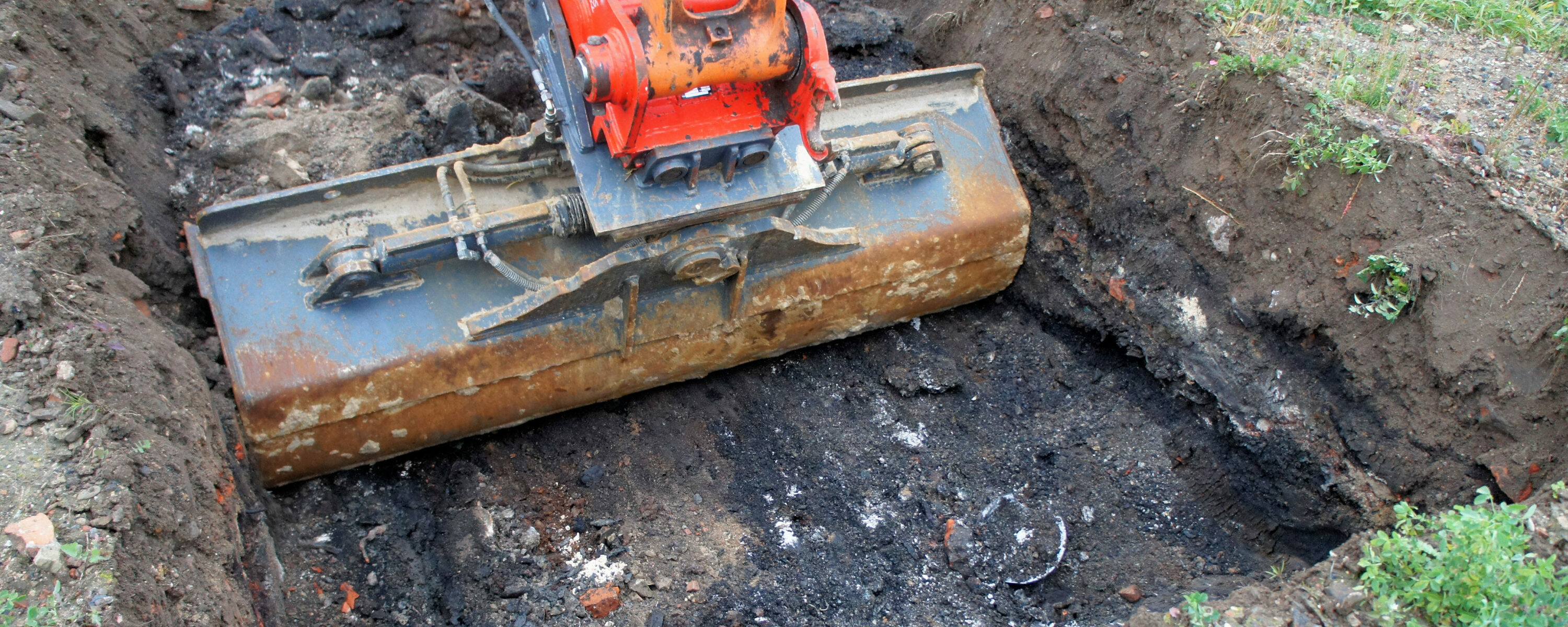Do You Know What In-situ Remediation is?
When an In-Situ remediation is conducted, it is primarily because there is petroleum or hazardous waste present in soil, sediment, surface water, and/or groundwater. This type of remediation breaks down the chemical composition by using environmentally friendly additives such as microbes, surfactants, and non-toxic surfactants and nutrients
Standards for cleanups are based on the regulatory framework that will determine when In-Situ Remediation is complete.
Learn more here
Several remediation technologies that can be used include the following:
In-situ Surface Spill Microbial and Chemical Treatment
Physical and/or chemical properties of the contaminants are bound with environmentally friendly additives in order to contain, destroy, or separate the contamination. Surface spills can be addressed through initial abatement as well as continued excavation and treatment until chemical concentrations are reduced to acceptable levels. Once contaminated media are remediated to acceptable levels, then excavations can be backfilled and surface areas restored.
In-situ Surfactants and Microbial Underground Fuel and Chemical Tank Pit Flushing
Injections and extraction wells are used to circulate microbial and compound to release chemicals within the affected zones, thus expediting recovery and remediation of toxic chemicals directly from the source of pollution.
In-Situ Chemical Oxidant Injection- Subsurface Soil and Groundwater
In-Situ Chemical Oxidant Injection is considered to be the most rapidly growing remedial technology applied at EPA hazardous waste sites. In-Situ Chem-ox involves the introduction of a chemical oxidant into the subsurface for the purpose of transforming groundwater or soil contaminants into less harmful chemical species.
Advantages and Disadvantages of In-Situ remediation
Advantages
- Environmentally safe
- Produces fast results
- Reduces liabilities with transportation and disposal of wastes
- Minimizes generation of waste for offsite disposal
- Reduces costs to remediate
Disadvantages
- In some cases, can cause some disruptions to the site
- In some cases, several applications are required to reach regulator goals
- Substantial up front cost
- Subject to Regulatory Agency review and approval
Project Spolight


Due Diligence and Remediation of Residential Subdivision Development in Rockport, Texas
Prior to the real estate closing, CRG Texas was contracted by the prospective purchaser of the property to conduct Phase I and II environmental site assessments (ESAs), and to prepare estimates for additional assessment, corrective action, and regulatory agency reporting.
Following the real estate closing, CRG Texas was contracted to provide environmental consulting services to include:
- Railroad Commission of Texas (RRC) Voluntary Cleanup Program (VCP) Applications and Corrective Action Plan (CAP)
- Soil and Groundwater Remediation, Assessment, and RRC Reporting
- VCP Certification of Completion and Restrictive Covenant Filings

